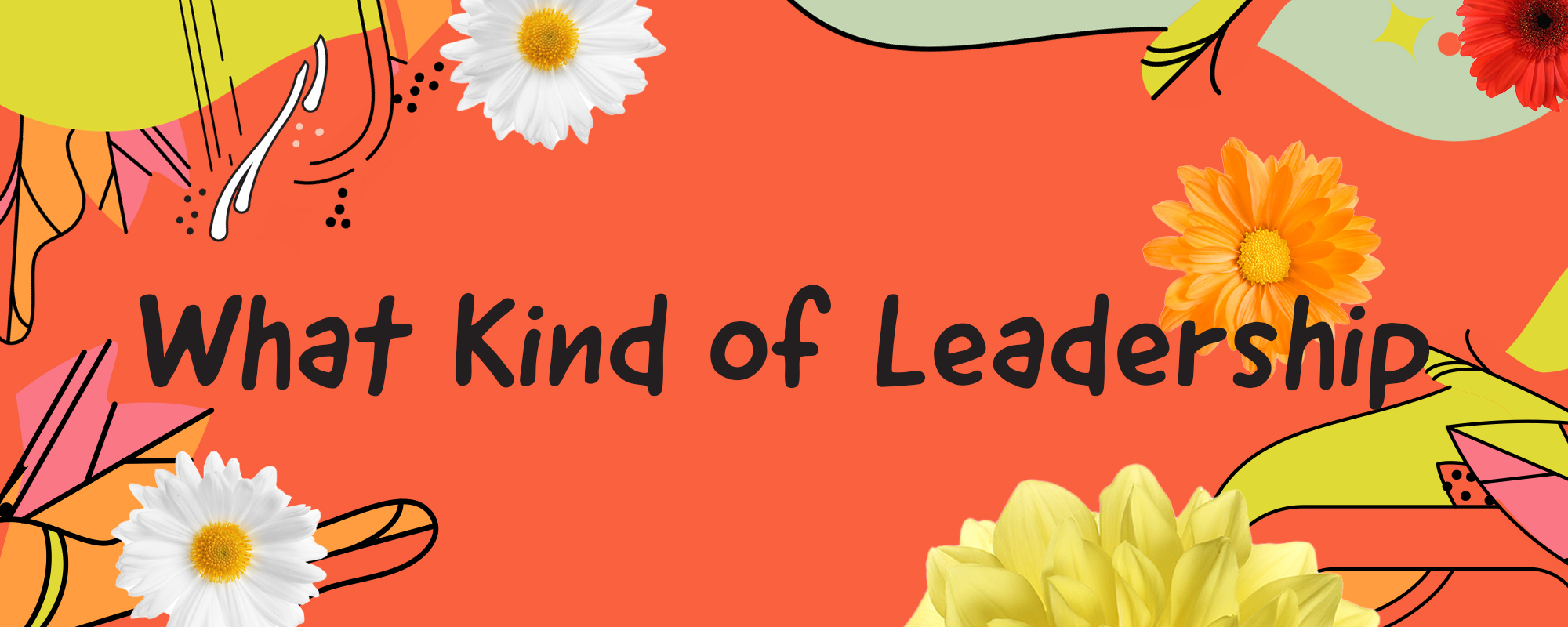
By: Jamie Millard
As Pollen continues through our Executive Director leadership transition (read about that here), every other week we will share more about our process, reflections, takeaways, and updates. “Bloom: Pollen’s Growth & Executive Director Transition Series” will candidly share how we’ve approached our process of executive leadership transition — a process that centers transparency, prevents harm, and is rooted in racial equity.
Learn even more about Pollen’s leadership transition on the I So Appreciate You! podcast.
By late spring 2022, Pollen was ready to begin determining the path for an executive director transition that would be right for Pollen at this moment. Our pre-work was done. We had:
- Aligned staff and board and fostered trust to ensure a collaborative process.
- Determined the values that would guide our process.
- Immersed ourselves in so much research, stories, and learning from our community and peers.
- Addressed some long overdue issues that needed attention to support a smooth transition on the other side.
In this article, I’ll share:
- How we determined what kind of leadership we would need for this next era.
- How we identified the best process for Pollen to fill the executive director role.
And stay tuned next week. We’ll have a major announcement to share with our community.

What Kind of Leadership
It was time for Pollen to go through a fun and imaginative exercise to reflect on our history, our current needs, and where the staff and board were excited to take the organization going forward. Together, the staff and board went through a collaborative process to dream up the new job description for Pollen’s next era of leadership.
I shared an embarrassing confession in the last Bloom series article, and I have another one to offer: after nearly 10 years as Executive Director of Pollen, I didn’t have a job description for my role. So this exercise of dreaming and documenting the role for the next era of leadership truly felt like starting fresh — we weren’t able to copy and paste from a current job description. This forced a certain kind of creative exploration that, despite my embarrassment, I’m grateful we were able to journey through together. Here’s what we came up with.
Why this position matters:
For the last two years, as an organization we’ve been coming into a deeper understanding of how Pollen uses story, art, and human connection to build narrative power. How the practice and knowledge of narrative change can break down harmful narratives, and build up new narratives rooted in justice, community, and our shared humanity.
Not only has Pollen been refining our purpose and point of view as an organization, but we’ve been thoughtfully building our operational structure and capacity to match our intentions. Our ideal Executive Director for this next phase is someone who will be ambitious about Pollen’s potential impact as a narrative change organization and have experience working with creative teams toward big goals.
What they would need to bring to this role:
They are steeped in racial and social justice work and embody commitment to these issues in their daily life. They are an exceptional builder of relationships. They can build and strengthen community connections, while elevating the skills and strengths already present on our team. They have a unique ability to bring together disparate groups and ensure all voices are heard. They are a convener, listener, advocate, and thought leader highly attuned to the most critical issues in our community. They ensure Pollen is present in the most difficult and the most wonderful times in our community.
They are an adaptable leader with a flexible mindset. They seek to listen and understand, rather than decide for others. They prioritize and value the role of creatives as strategic partners and as essential problem solvers in the work towards social justice.
They are ambitious about the possibilities for Pollen’s impact and have the talents and tenacity to help Pollen grow as an organization, and as a community.
The key elements of their work would center around:
-
- Focusing on Pollen’s future and the work needed to get there
- Building and maintaining relationships with communities and collaborators
- Enabling the Pollen staff and board to do their best work
- Ensuring the financial health of the organization
The entire process of imagining our future leadership needs took about two months and every staff and board member was engaged, contributed, and shaped our vision. To view our complete executive director job description check that out here.
How Would We Fill This Role?
Now for the choose-your-own-adventure process of trying on different visions for succession paths until you land on something that feels right. And there are lots of options. Here are just a few that we explored:
Do we need an executive director? Do we do away with this model and adopt a more shared, collective leadership model?
Pollen actually originated in a shared leadership model, which started with Lars Leafblad sharing leadership with Meg Lionel Murphy and myself. And then Meg and I were Co-Executive Directors of Pollen for the first two years.
To this day, Pollen has extremely decentralized power and shared leadership across the organization. We are inspired by organizations who have shared leadership models and believe it could be the future of the nonprofit sector (here’s a great resource from Building Movement Project “Structuring Leadership: Alternative Models for Distributing Power and Decision-Making in Nonprofit Organizations”).
Ultimately, the team decided that they wanted to continue forward with the executive director model, but we knew we’d need a person who values shared leadership.
Is there an internal candidate ready for this leadership role?
Miecha Forbes provides powerful thought leadership on this topic, and as she outlines in What It Takes to Manage Leadership Change in the Nonprofit Sector, “all nonprofits would be well-served to take a proactive approach to building a strong leadership pipeline, developing internal talent for higher-level roles, and making themselves aware of specific knowledge and/or diversity gaps that need to be addressed.”
Internal pathway planning requires a strong leadership bench within your organization. As Pollen learned more about this approach, it sounded like us. We already had an intentional culture of investing in our people. We have strong retention and many leaders throughout the organization.
A local success story example of this model is in the internal pathway planning between former Youthprise President Wokie Weah transitioning the role to current President Marcus Pope.
Do we hire an expert search firm to help us find and onboard our next executive director?
When there is no clear pathway for an internal candidate, it’s clear that working with search experts can best support an organization in this major transition. We knew that if we were to work with a search firm, that our staff would be heavily involved in the process, just as they had been all along.
This can be a great opportunity to bring new perspectives into an organization and working with an experienced search firm can ensure the whole organization and new leader feel supported throughout the entire process. Additionally, one of the greatest benefits of this approach is the external community engagement that comes from a search process.
Lars Leafblad often talks about this as the secret sauce in a good search process, “We (Ballinger | Leafblad) see every search as more than just a search. We want to work with clients that see search as an engagement strategy through the search itself. A search can be more than a transaction exercise. It is a rare moment to invite your stakeholders to interact with the entity in an enriching way.”

Invest In Your People
If I had a bibbity-bobbity-boo magic wand for the nonprofit sector, one of the wishes I’d wave into existence would be more intentional mentorship, professional development, training, caretaking, and nurturing for staff members.
We would acknowledge that leadership lives and thrives in all pockets and corners of an organization. That there is no mold of what leadership looks like or how it can grow. That there would be constant intentional planning to navigate the retention and growth of our team members. Sometimes that growth means supporting their dreams as they grow bigger than our work can fulfill. Sometimes that growth means them switching into an entirely different kind of role where they need time and support to learn new skills.
But it always means seeing the human, not the role, first. Being able to imagine someone’s future potential. It’s an exercise of compassion, strategy, and belief.
This value is so strong at Pollen that our Leadership Expansion Working Group knew first we would have to explore internal candidates. Leaning into our value of investing in our people. This process of looking inward started in June and we concluded that we indeed have an incredible internal candidate that our entire staff and board is beyond thrilled to support and invest in for the next era of Pollen’s leadership.

What’s up next in “Bloom: Pollen’s Growth & Executive Director Transition Series”
Stay tuned — on November 1 we’ll have big news to share about what’s next.

